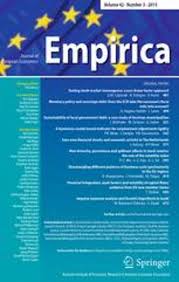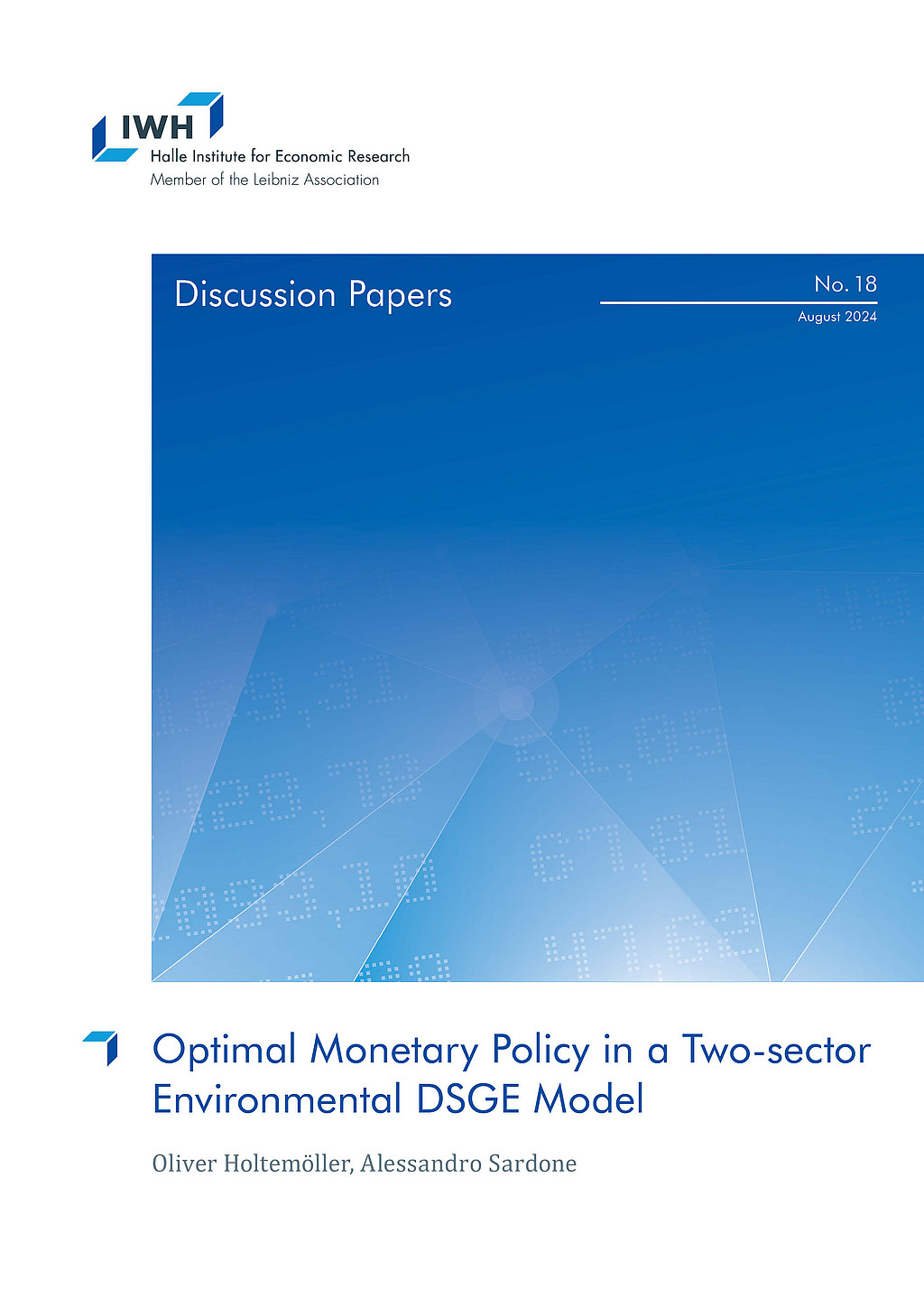Alessandro Sardone

Aktuelle Position
seit 9/20
Wissenschaftlicher Mitarbeiter der Abteilung Makroökonomik
Leibniz-Institut für Wirtschaftsforschung Halle (IWH)
Forschungsschwerpunkte
- ökologische Makroökonomie
- Fiskal- und Geldpolitik
- Prognosen
Alessandro Sardone ist seit September 2020 Doktorand in der Abteilung Makroökonomik. Er forscht zu den Themen ökologische Makroökonomie, Fiskal- und Geldpolitik sowie Prognosen.
Alessandro Sardone studierte an der University of Trento und nahm erfolgreich an einer internationalen Studiengangskooperation (Double Degree) der Friedrich-Schiller-Universität Jena und der University of Trento teil.






